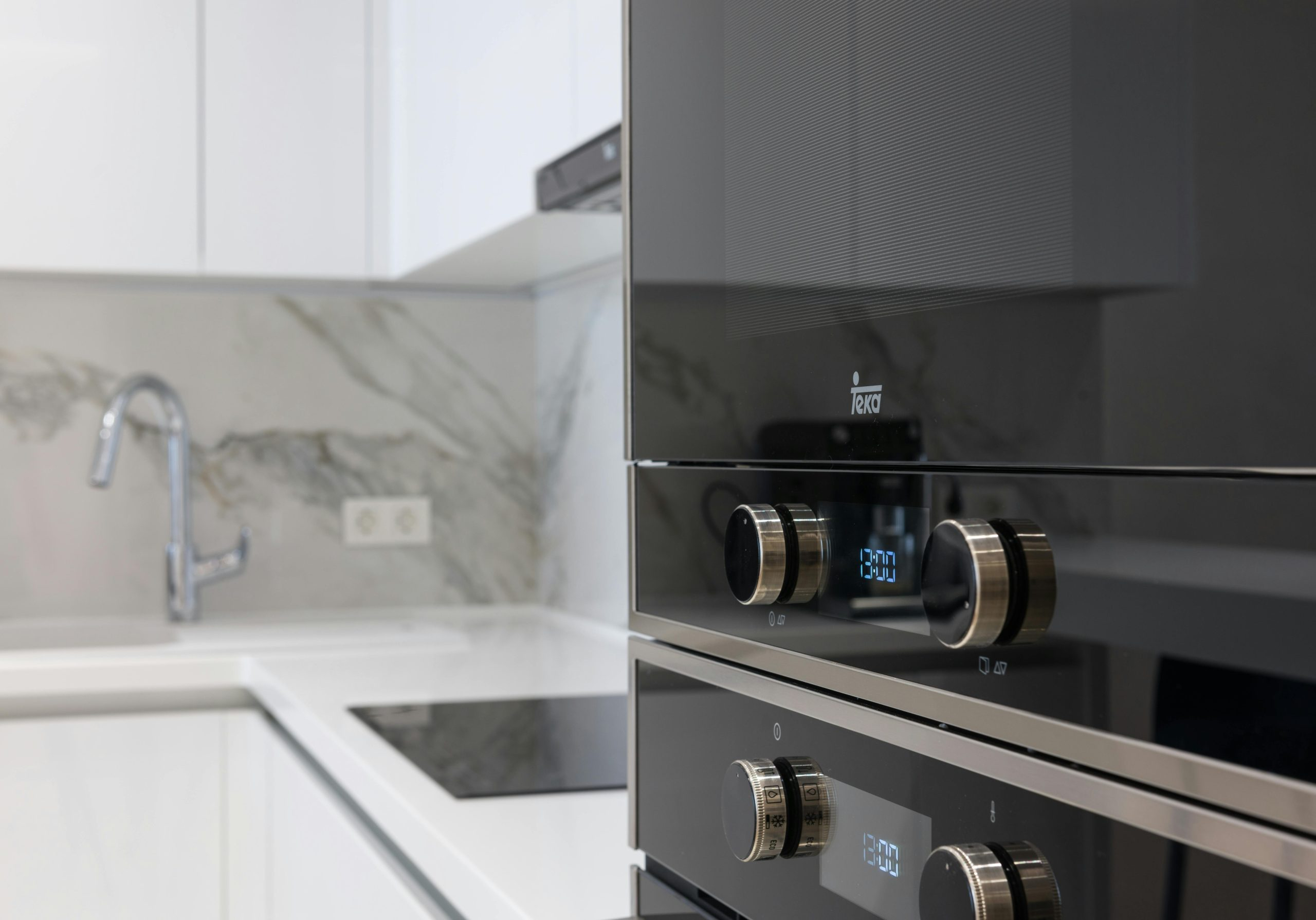The Psychology of Minimalism in Home Design: Less is More
In recent years, the minimalist trend has taken the world by storm. From fashion to home design, more and more people are embracing the concept of “less is more”. But what exactly is minimalism and why has it gained such popularity? Beyond just being an aesthetically pleasing design choice, there is a psychology behind minimalism in home design that goes deeper than surface level. In this article, we will explore the psychology of minimalism in home design and how it affects our surroundings and mind. So let’s dive in and discover the power of “less is more” when it comes to creating a harmonious living space.
The Concept of Minimalism
Before we delve into the psychology of minimalism in home design, it’s important to understand the concept of minimalism itself. At its core, minimalism is all about simplifying and decluttering. It is the deliberate choice to live with fewer possessions, to prioritize what is truly important and to eliminate distractions. In home design, this translates to creating a space that is free from excess and unnecessary items, and instead focusing on functional and aesthetic elements.
A minimalist home is characterized by clean lines, neutral colors, and simplicity. It is a place that evokes a sense of calm and tranquility, making it a sanctuary from the chaos of daily life. But beyond just being a design style, minimalism has a psychological impact on the way we think and feel.
The Psychological Benefits of Minimalism
Eliminating Clutter, Eliminating Stress
One of the main psychological benefits of minimalism in home design is its ability to reduce stress and anxiety. A cluttered and chaotic space can contribute to feelings of overwhelm and can even affect our mental well-being. According to a study conducted by UCLA’s Center on Everyday Lives and Families, clutter in the home can increase levels of cortisol, the stress hormone, in women.
On the other hand, a minimalist home can promote a sense of calm and serenity. By eliminating excess and unnecessary items, we create a more organized and peaceful living space. This can lead to improved focus, productivity, and overall well-being.
Creating a Mindful Environment
Minimalism in home design also promotes a more mindful environment. In today’s fast-paced world, we are bombarded with constant stimulation and distractions. By simplifying our living space, we eliminate these distractions and allow ourselves to be more present and mindful in our daily lives.
Additionally, minimalism encourages us to be more intentional with our choices. We carefully select the items we bring into our homes, rather than mindlessly accumulating possessions. This can also translate to a more intentional and fulfilling life overall.
Promoting a Sense of Abundance
Contrary to popular belief, minimalism is not about living with less. It is about living with the right things. By eliminating unnecessary possessions, we create more space and make room for what truly brings us joy and fulfillment. This shift in mindset from scarcity to abundance can lead to a more positive outlook and a greater appreciation for the things we do have.
Implementing Minimalism in Your Home Design
Now that we understand the psychological benefits of minimalism in home design, how can we incorporate it into our own living spaces? Here are a few tips to get you started:
Declutter Regularly
The first step to achieving a minimalist home is to declutter regularly. Set aside time to go through your belongings and get rid of anything that no longer serves a purpose or brings you joy. Remember, minimalism is not about living with the least amount of possessions, but about carefully curating the right things for your space.
Choose Quality over Quantity
When choosing items for your minimalist home, focus on quality over quantity. Invest in well-made, timeless pieces that will stand the test of time. This will not only make your space more aesthetically pleasing, but it will also save you money in the long run.
Embrace Negative Space
In minimalism, less is more. Allow for negative space in your home by leaving areas empty and avoiding cluttering every surface. This will not only create a more visually appealing space, but it will also promote a sense of calm and openness.
Conclusion
Minimalism in home design is more than just a passing trend. It has a deep-rooted psychological impact on the way we think, feel, and live our lives. By embracing the concept of “less is more” and simplifying our living spaces, we can promote feelings of calm, mindfulness, and abundance. So why not give it a try and see the benefits for yourself?










